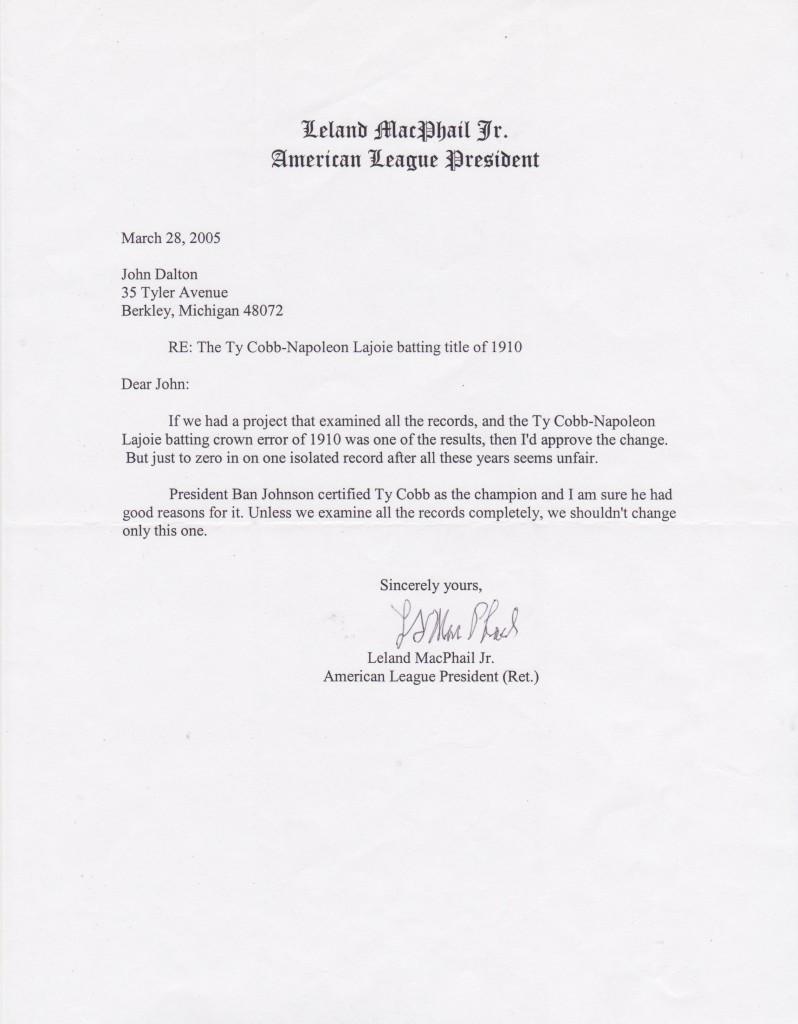
In the collection is a letter from Lee MacPhail with interesting content in a letter about the 1910 batting race.
Before the 1910 season Hugh Chalmers, head of the Chalmers Automobile Company announced that the batting champions from both leagues would receive a Chalmers 30 automobile as part of a promotion. Ty Cobb appeared a shoe-in to drive away with the new car. Ahead in the batting race, he chose to sit out Detroit’s final two games.
Nap Lajoie of the Cleveland Indians squared off for a season-ending double header against the St. Louis Browns. Hoping to aid the popular Lajoie, St. Louis skipper Jack O’Connor instructed third baseman Red Corriden to play on the outfield grass, conceding any bunt attempts as base hits. Lajoie went 8-for-8 with 7 bunts and a triple. A controversy was born.
American League president Ban Johnson declared Cobb the batting champ. Some believed Lajoie was more more deserving. The Chalmers car company made a move to diffuse the situation.
According to a SABR article written by Stephen Constantelos and David Jones, “The Chalmers company reacted to the controversy by giving both players free automobiles, but according to Lajoie’s nephew, Nap ‘didn’t want to accept it,’ though his wife insisted that he do so. ‘He just thought that he, not Cobb, had won that championship and was angry that Cobb had been ruled the winner.’ ”
In 1978, Pete Palmer discovered a discrepancy in Cobb’s career hit total. He broke the story in The Sporting News in April, 1981. Researchers found a Tigers box score counted twice in the season-ending calculations. The statisticians gave Cobb an extra 2-for-3.
The twice-counted game credited Cobb with two non-existent hits. In the process it inflated his career hit total and distorted the 1910 batting championship.
Today BaseballReference.com lists 4,189 as the number of Cobb’s hits. Most fans think of 4,192 as the number of hits Pete Rose needed to break Cobb’s mark. That number is etched into the memory of baseball aficionados of a certain age. Instead, Rose broke Cobb’s all-time hit record two hits earlier with hit #4,190.
The website also lists Lajoie’s 1910 batting average at .383 and Cobb’s at .382. On their individual pages, each figure is listed in bold black ink denoting a league-leading figure.
In the above letter, MacPhail backs his fellow American League chief in the batting championship mess.
“President Ban Johnson certified Ty Cobb as the champion and I am sure he had good reason for it.”
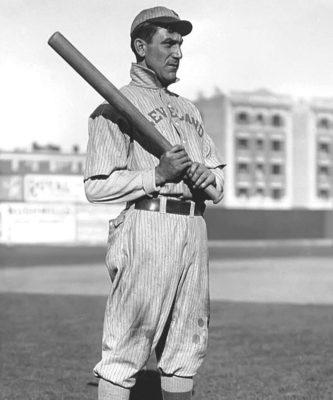
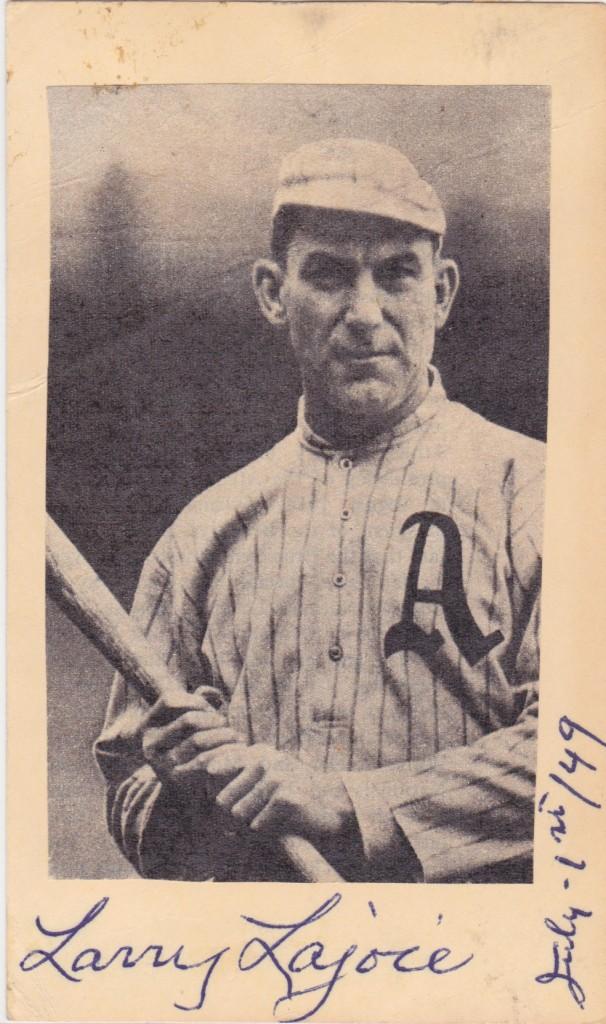

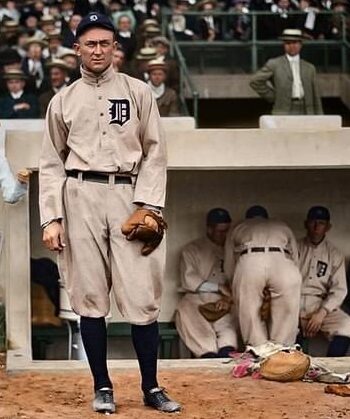
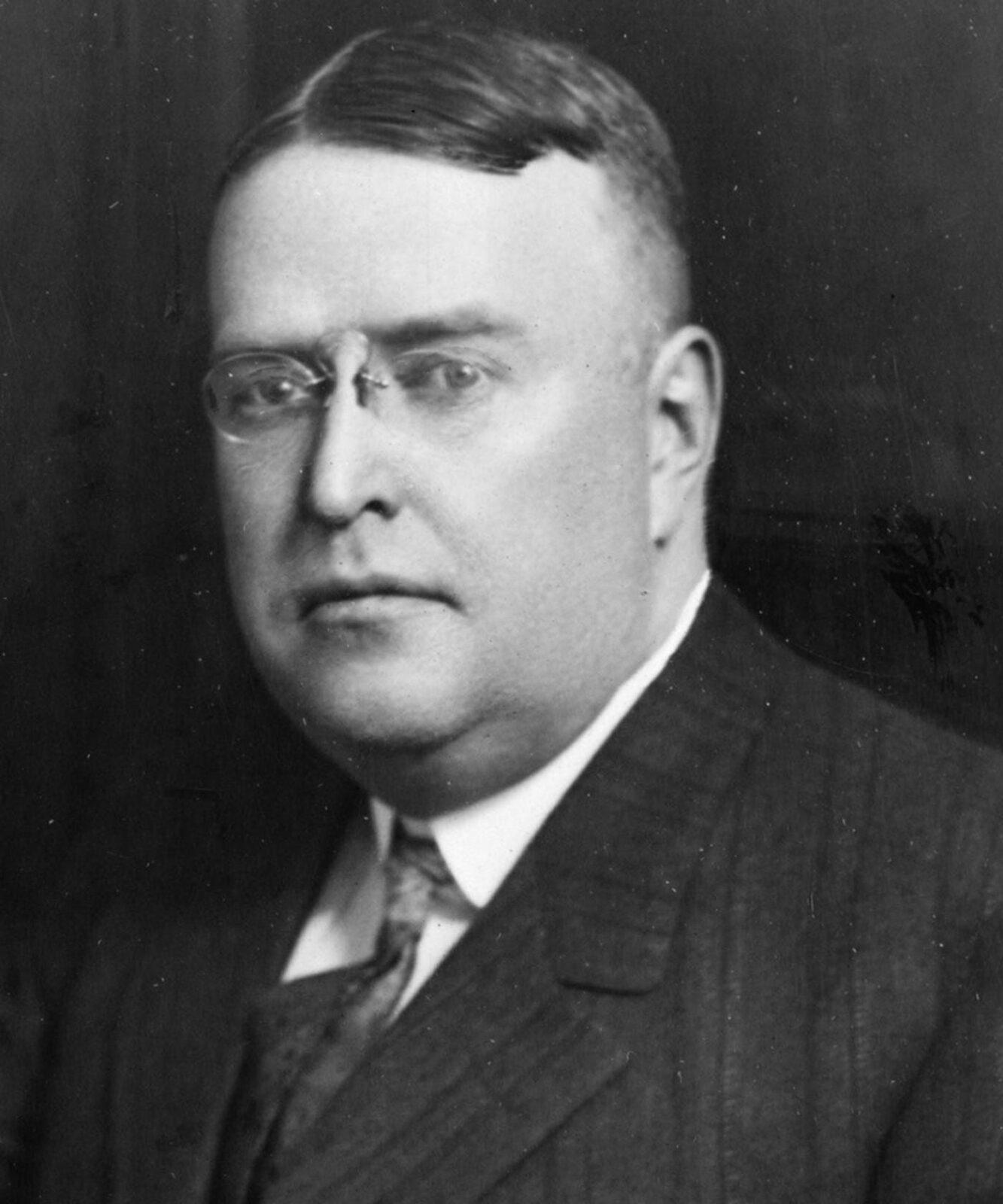
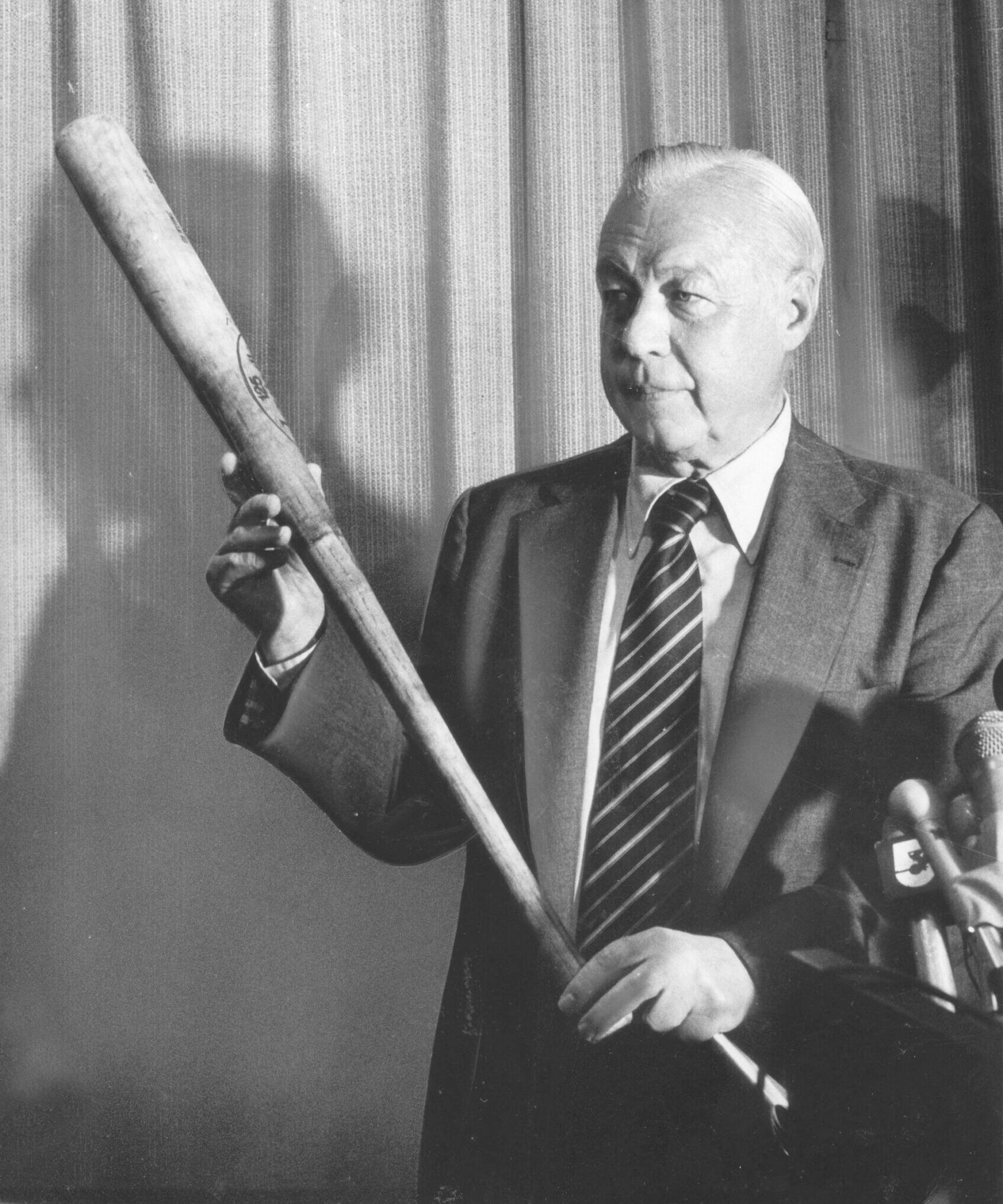
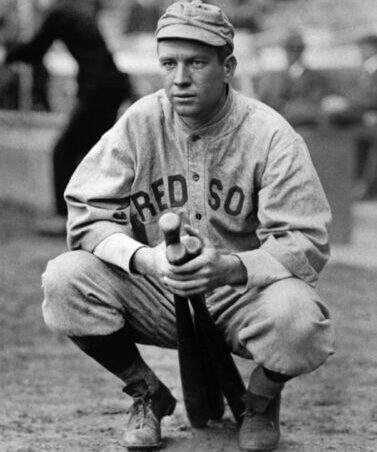
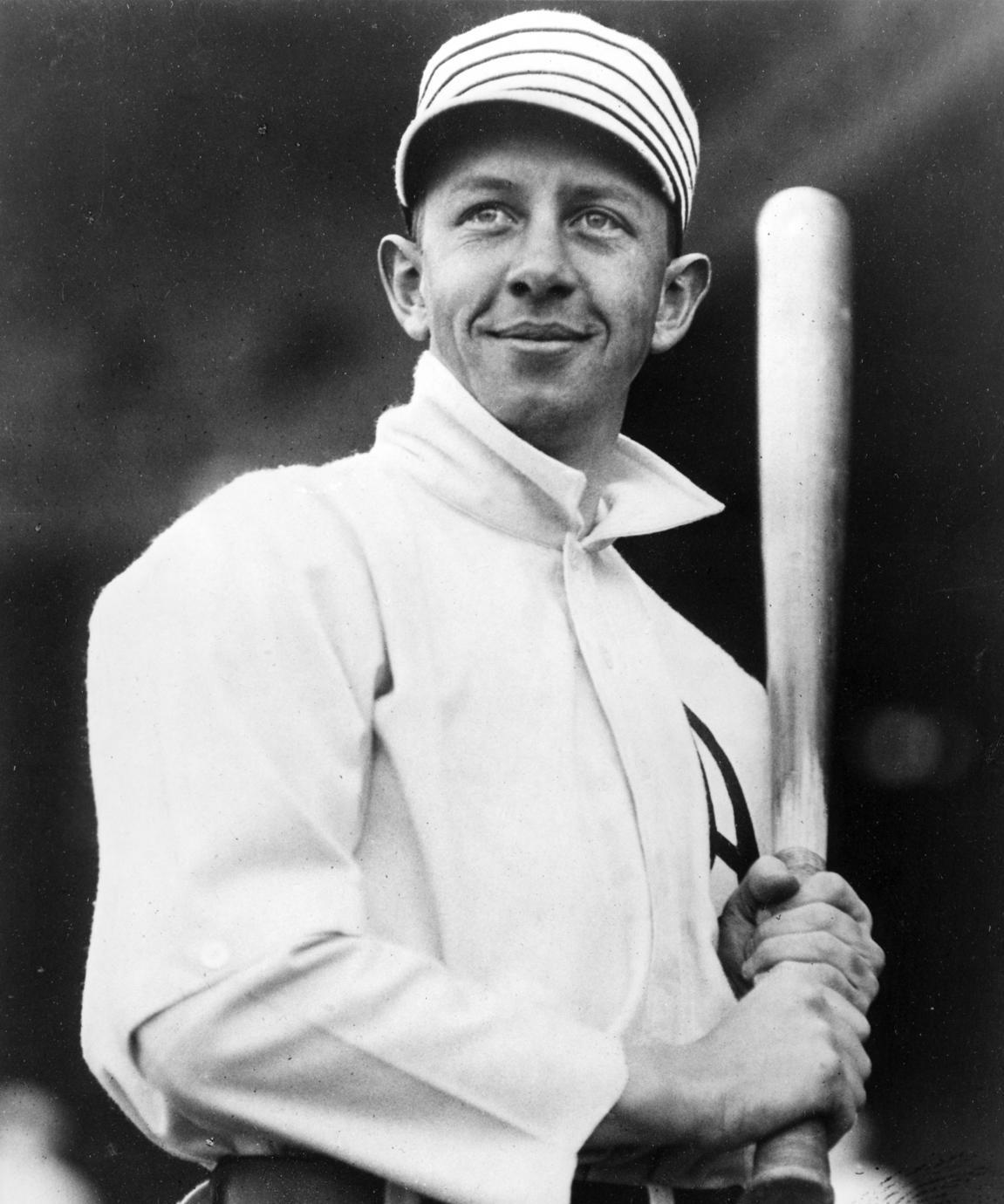
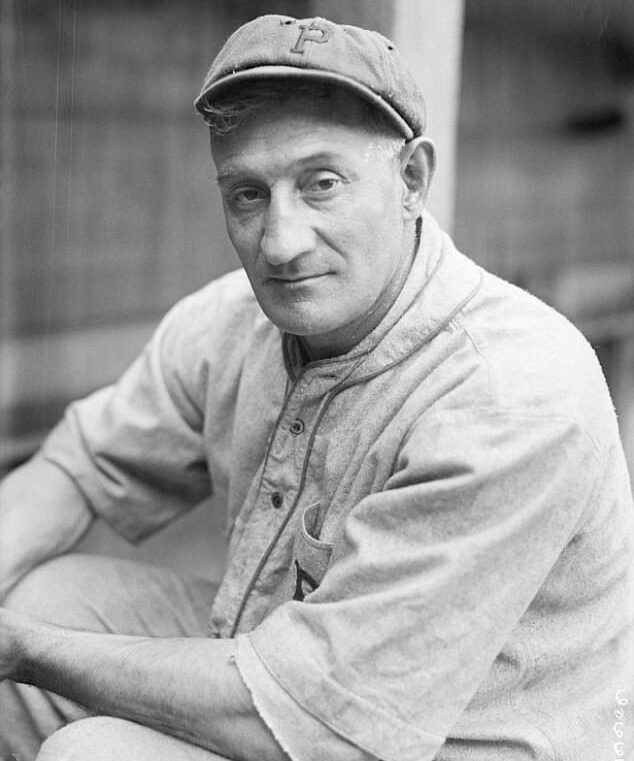
1 of 2 HOF born in small town of Woonsocket, ri